Nothing profound today, just an observation.
Now, I love serendipity. Right before I headed on my way to the Chippewa Valley Book Festival, I realized that my husband had taken my little iPod pluggie thingie . . . you know, that doohickey that allows you to plug your iPod into your radio? Now, this had me seriously PO’ed because I was about to take a VERY long drive with a very SHORT turnaround: 5 hours each way in a 36-hour period. When you factor in things like sleep and all the activities I had planned for the next day (three school visits) before I had to head back and then get into the car again the very next day for yet another appearance (a 3-hour drive one way) . . . that’s a heck of a lot of time in the car that I was planning to put to good use listening to an audiobook that I’d downloaded especially for this trip now wasted.
So, instead, I punched in the local NPR affiliate and let public radio keep me company on that very long drive. Now the lovely thing about Wisconsin is we’ve got coverage pretty much all over the state, and most of it effortlessly bleeds into the other, so you really don’t miss much. Of course, when you listen to the same news once over (because All Things Considered repeats), that’s a drag.
Anyway, I’m driving along; it’s a pretty day, nice autumn colors, good weather, that kind of thing. Spotted a ginormous bald eagle on my way up, too, maybe twenty miles outside of Wausau. As amazing as the eagle was, that wasn’t the interesting part of the trip, though. Instead, what REALLY held my interest was a fabulous Fresh Air, a program I rarely listen to not only because I’m not all that interested in most of the guests (sorry, but it’s true), but it’s on at the wrong time of day where I live. This time, though, because I was trapped in the car, I heard a fabulous interview with Sherry Turkle, a clinical psychologist, who’s the founder of MIT’s Initiative on Technology and the Self. Her main focus is studying the ways technology has changed the way we interact with one another. Her newest book, Alone Together: How We Expect More from Technology and Less from Each Other, addresses something I’ve written about before: how ironic it is that, in this age of increased connectivity, our interpersonal connectedness–our ability to meaningfully communicate with one another–has suffered. What I found especially intriguing were her research findings on how huge the impact adults’ anxieties over not in being in touch with their kids 24/7 is, and how enormously detrimental these fears are to a kid’s emotional development, particularly as it relates to privacy, the capacity to be alone, and to disengage from one’s parents (a pivotal milestone in adolescent development) those parental concerns are. I’m not going to recapitulate the entire interview; if you’re interested, take a listen. (Well worth it, I promise, and food for thought–really.)
Now, as a shrink, I didn’t find any of Turkle’s concerns alarmist in the slightest. But, frankly, one thing I hadn’t paid much attention to was kids’ preferred modes of engagement. That is, we kind of all expect adolescents to hesitate to be outwardly engaged, know what I’m saying? They’re the ones who’ll slouch in their chairs, kind of dare you to impress or excite them, and heaven forbid, they ask the first question. (Once a couple kids get the ball rolling, though, then it’s like the group has received permission to become involved and excited. Like Kohler High School where I spoke the week before . . . wow, those kids really got into it and we could’ve kept going. But you got to hope for those two or three brave souls to start things off.)
During the festival–but particularly after–I was reminded of Turkle’s work when it came to engaging kids. I spoke at two middle schools and one high school, and while I enjoyed each venue, the difference between the willingness of the younger kids to allow themselves to be engaged and talkative and excited versus the older kids was obvious. The last middle school, Northstar, we talked for a good ninety minutes and were still going strong when the asst. principal had to intervene and send the kids off to resource. This is no surprise, mind you; if you know adolescents, then you look at the high school kids and shrug and understand this comes with the territory.
But what did make me think about Turkle’s work was when a) the high school librarian emailed to say that the kids were so excited by my presentation that they’d descended in droves to find my books and b) a couple of the high school kids got in touch to ask questions and tell me how much they liked the presentation . . . but through Facebook and Twitter.
Which was kind of interesting.
Now, I get a lot of emails, tweets, and FB messages; most authors do. The middle grade kids from two of the Dublin schools I toured last year still stay in touch, but they were the most involved at the time, too. Here, though, clearly those high school students were plenty interested, but expressing that, out loud and at the time, wasn’t cool (for whatever reason). Maybe this is why I always make sure to tell kids they can contact me through the usual social media or my website, and that I will always answer (so long as they’re polite).
I think what I’ve observed is a microcosm of what Turkle’s seen. Since I am a shrink, I have noticed that so many older kids, those raised with cells, have a lot of trouble both making eye contact during and flat-out having a sustained–and uncontrolled–conversation. Do I wonder what this means for kids’ development in particular and notions of privacy more generally? You bet.
I waffle about whether it’s better to meet with large groups or small; I’ve had great experiences with each. Smaller groups imply conversation as a given while large groups foster anonymity. But, on the other hand, the dynamics of a group are quite powerful, and once you can engage a couple kids, then it’s like a row of dominoes: the questions keep coming and the conversation flows.
What I don’t doubt is this: it is important for us, as authors, to actively engage kids in the ways our books invite. That means, I think, that we have to model how to have conversations with kids who may not know how to do this very well. To that end, the more directly we can connect–eye contact, face to face–the greater our ability to touch kids. Yes, by all means, keep in touch after the fact. Be available. But a text is not a person; a Skype visit is not a flesh and blood person; a blog can not engage the way you–your presence–can. In a way, our books open the door to a conversation. The least we can do is actually have one.








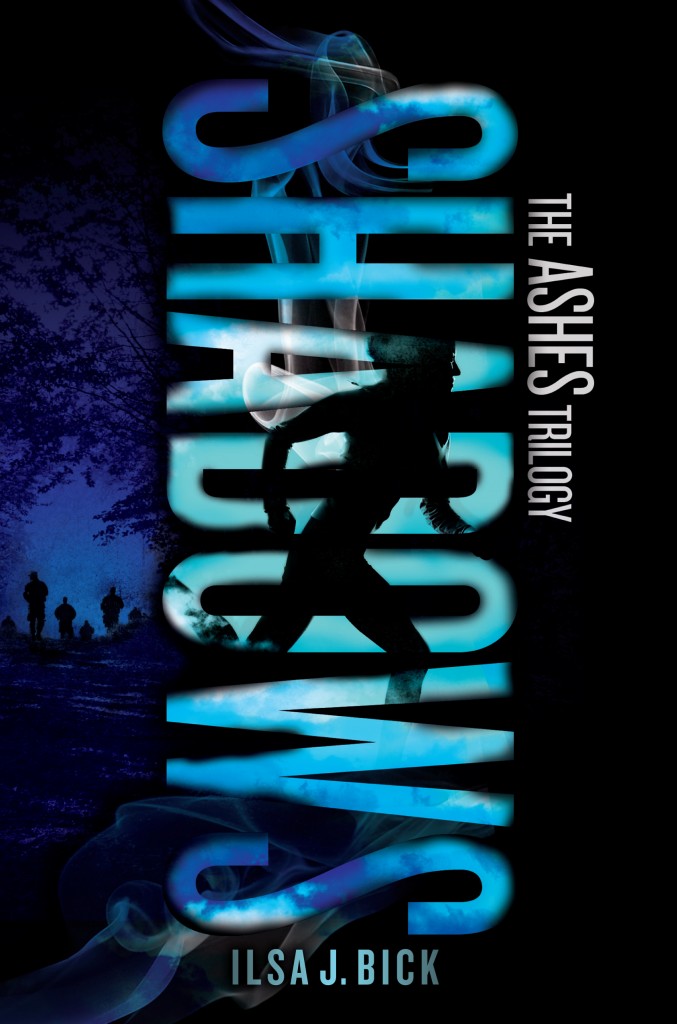


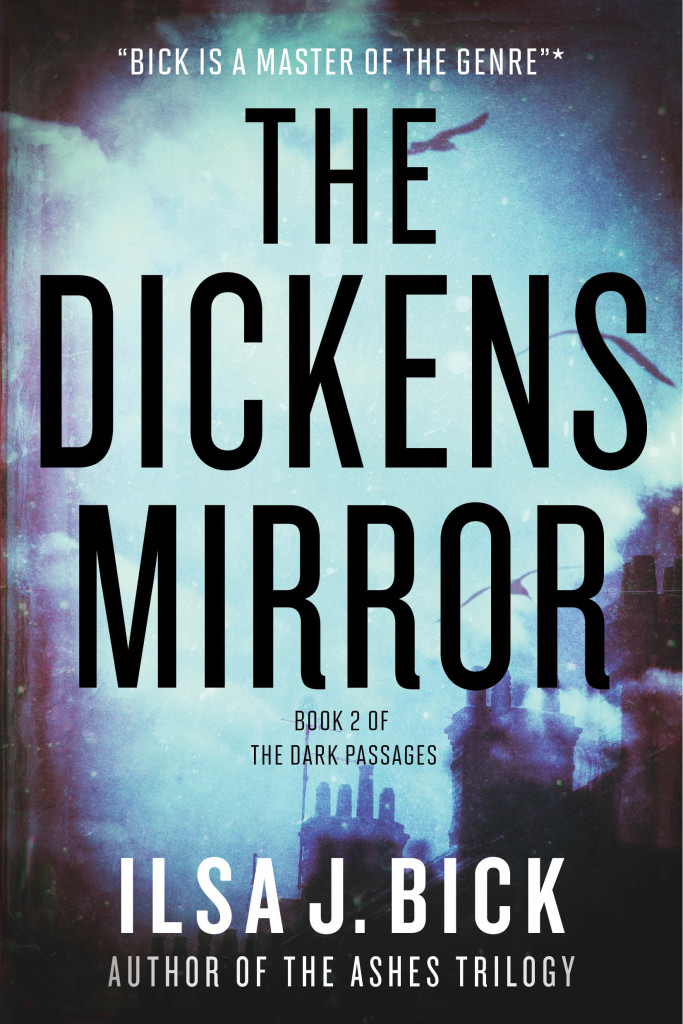

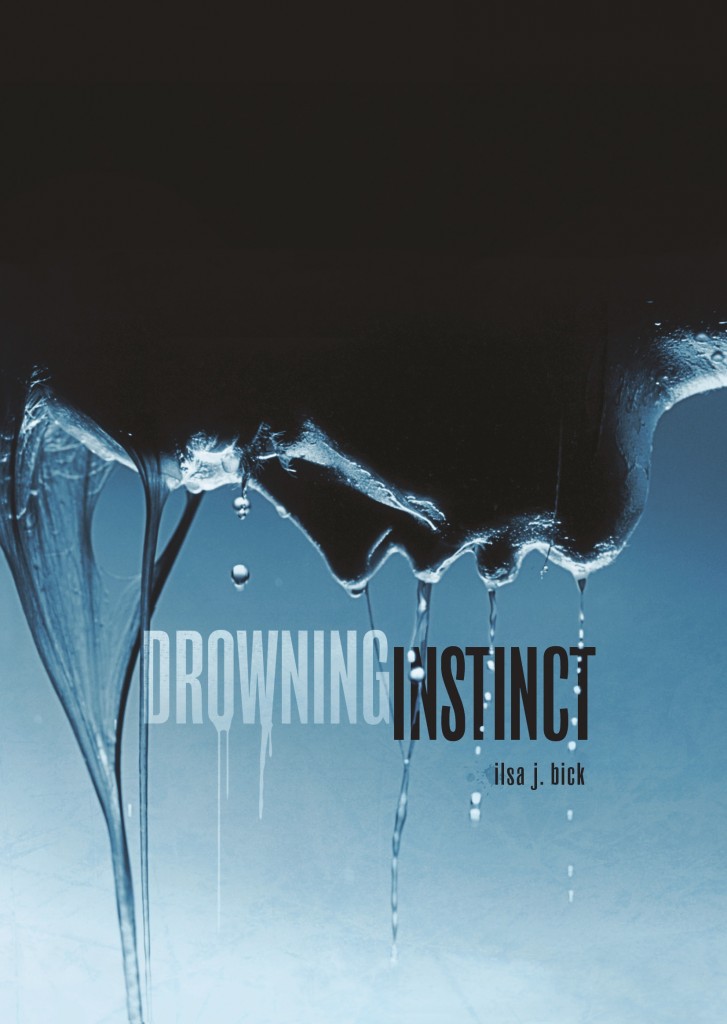




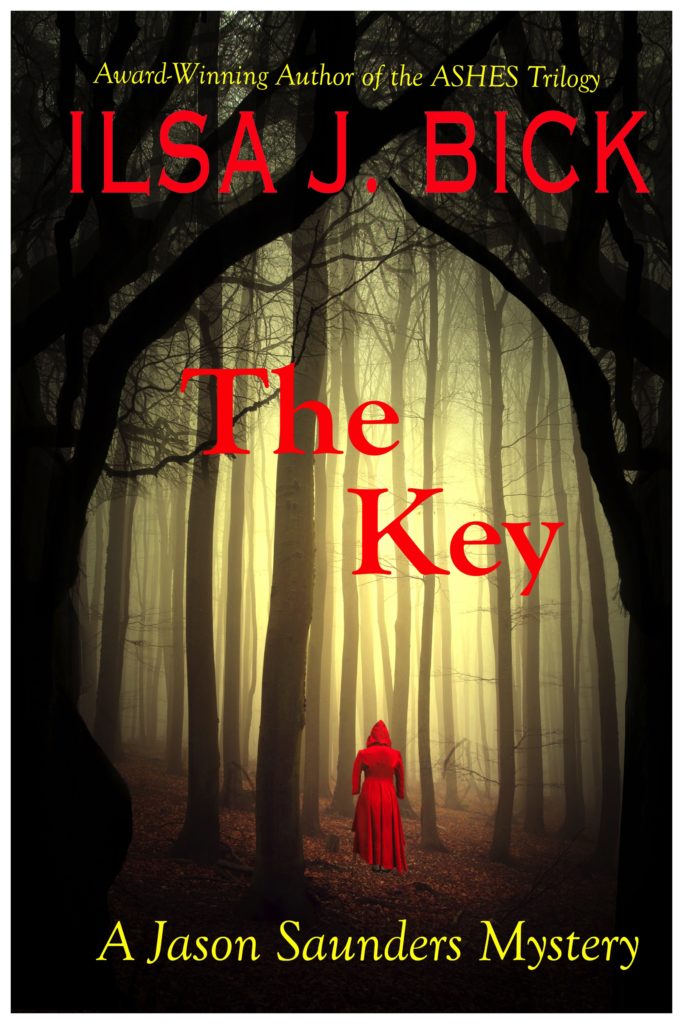
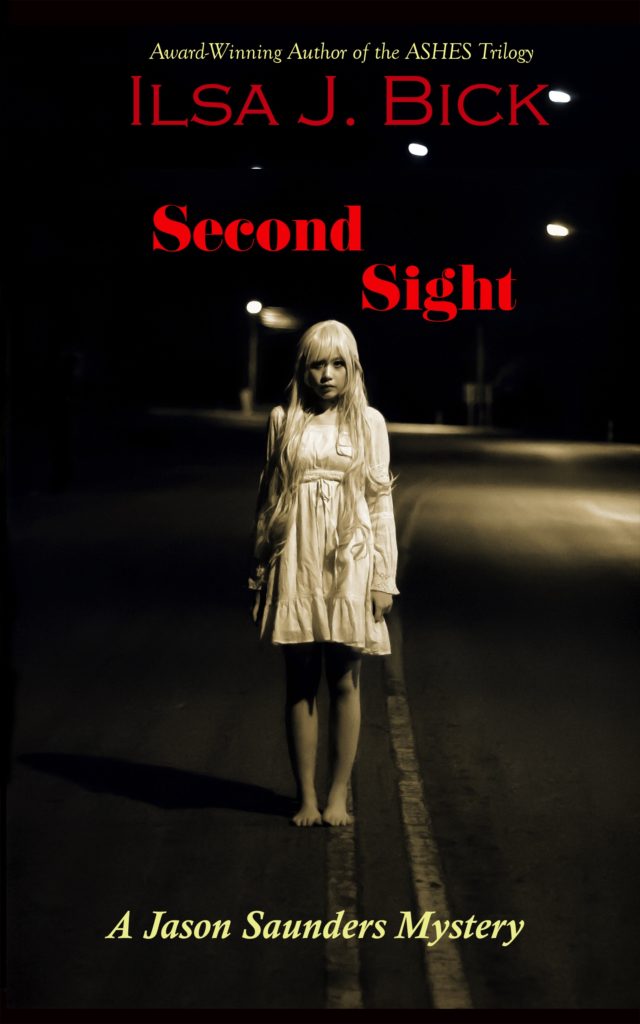
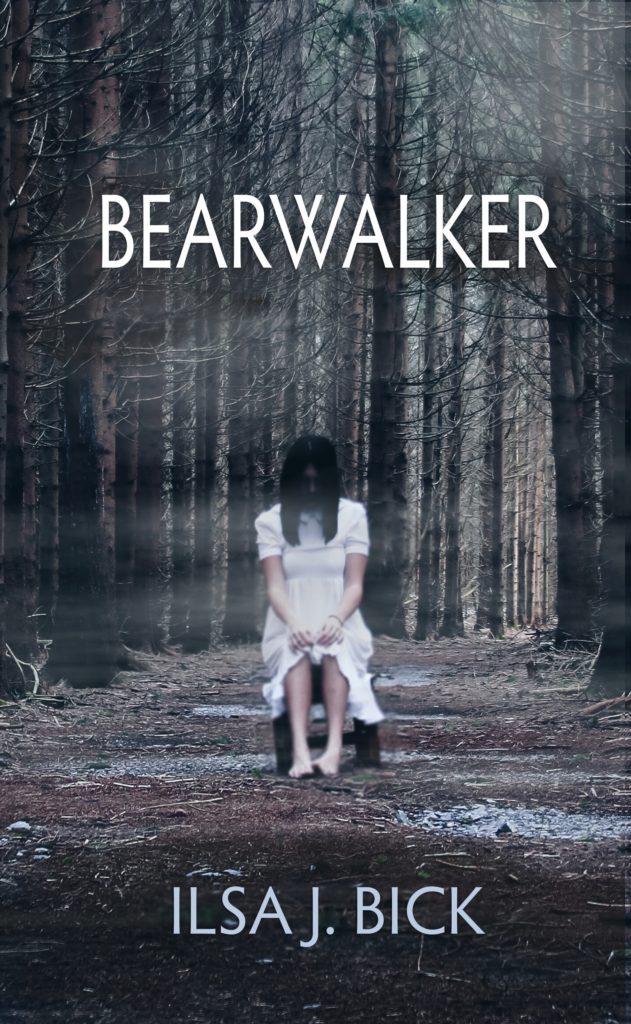
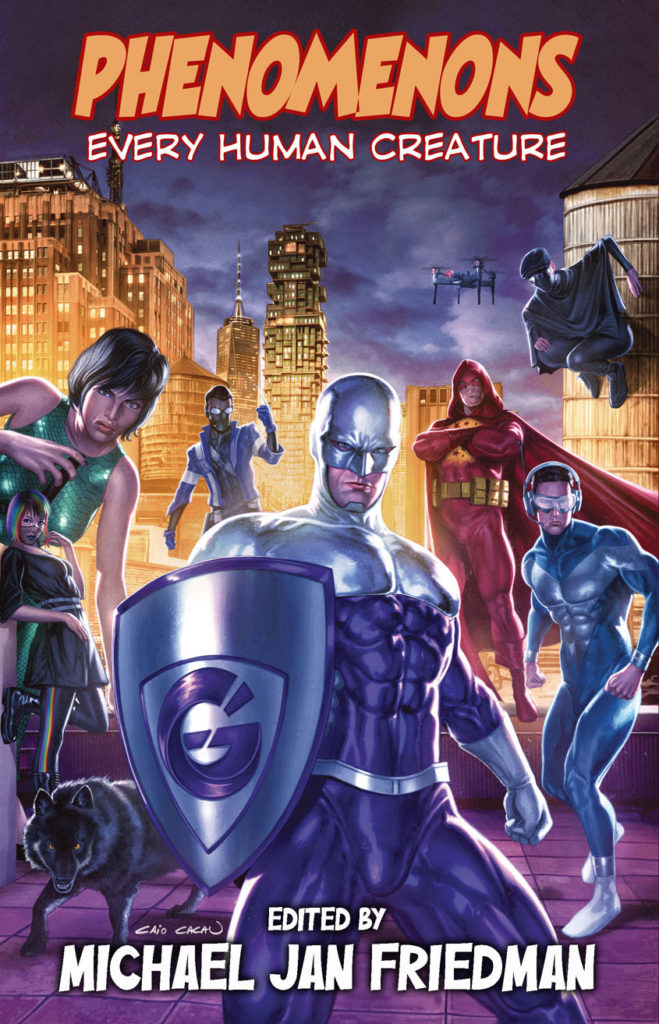
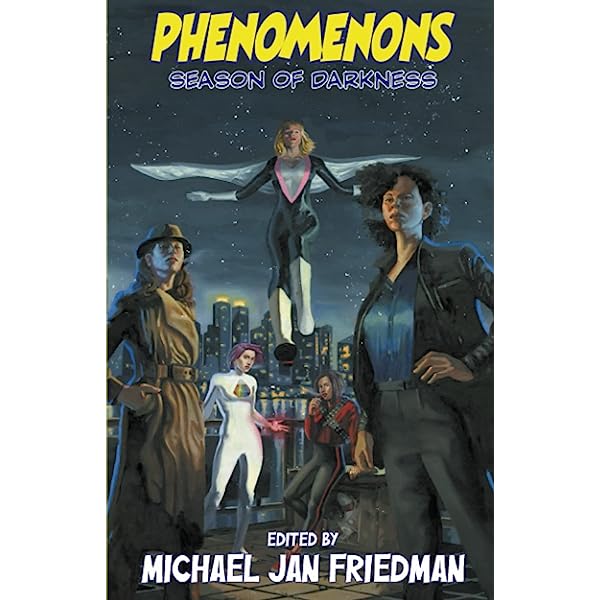



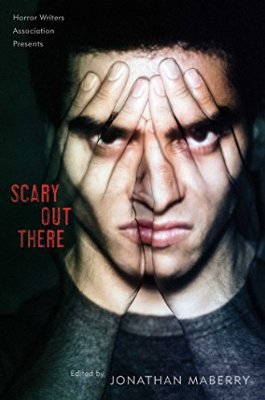

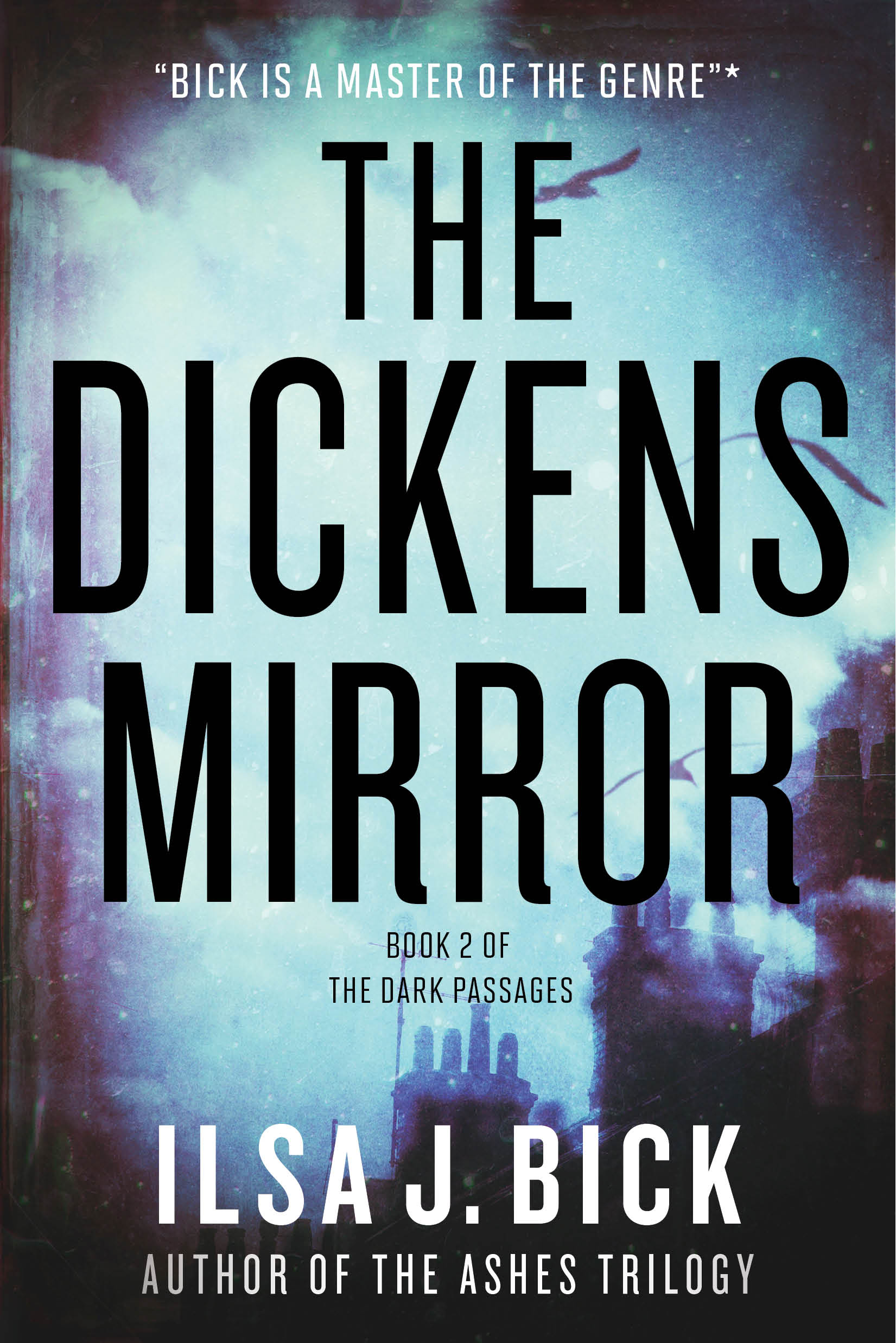

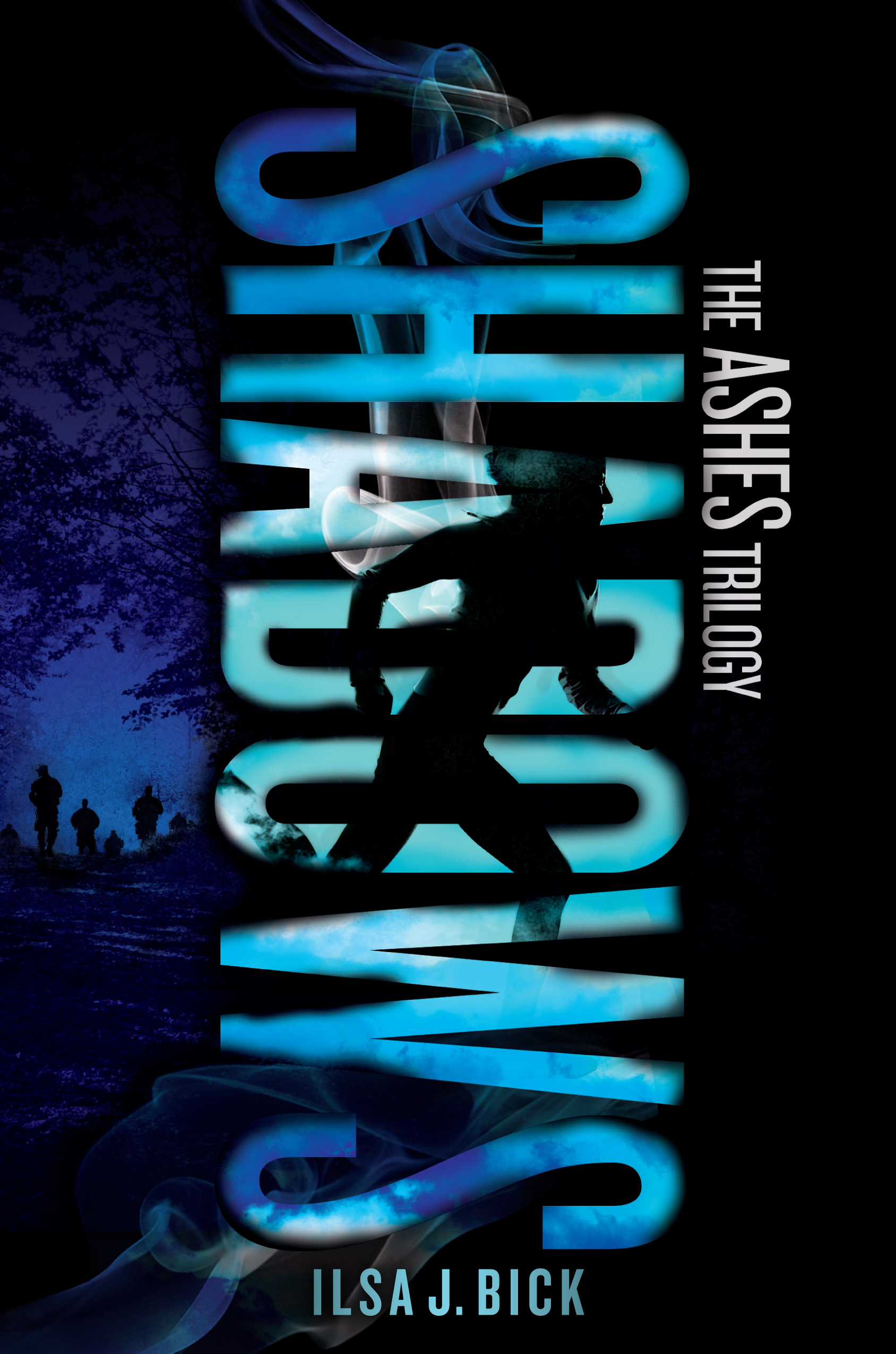
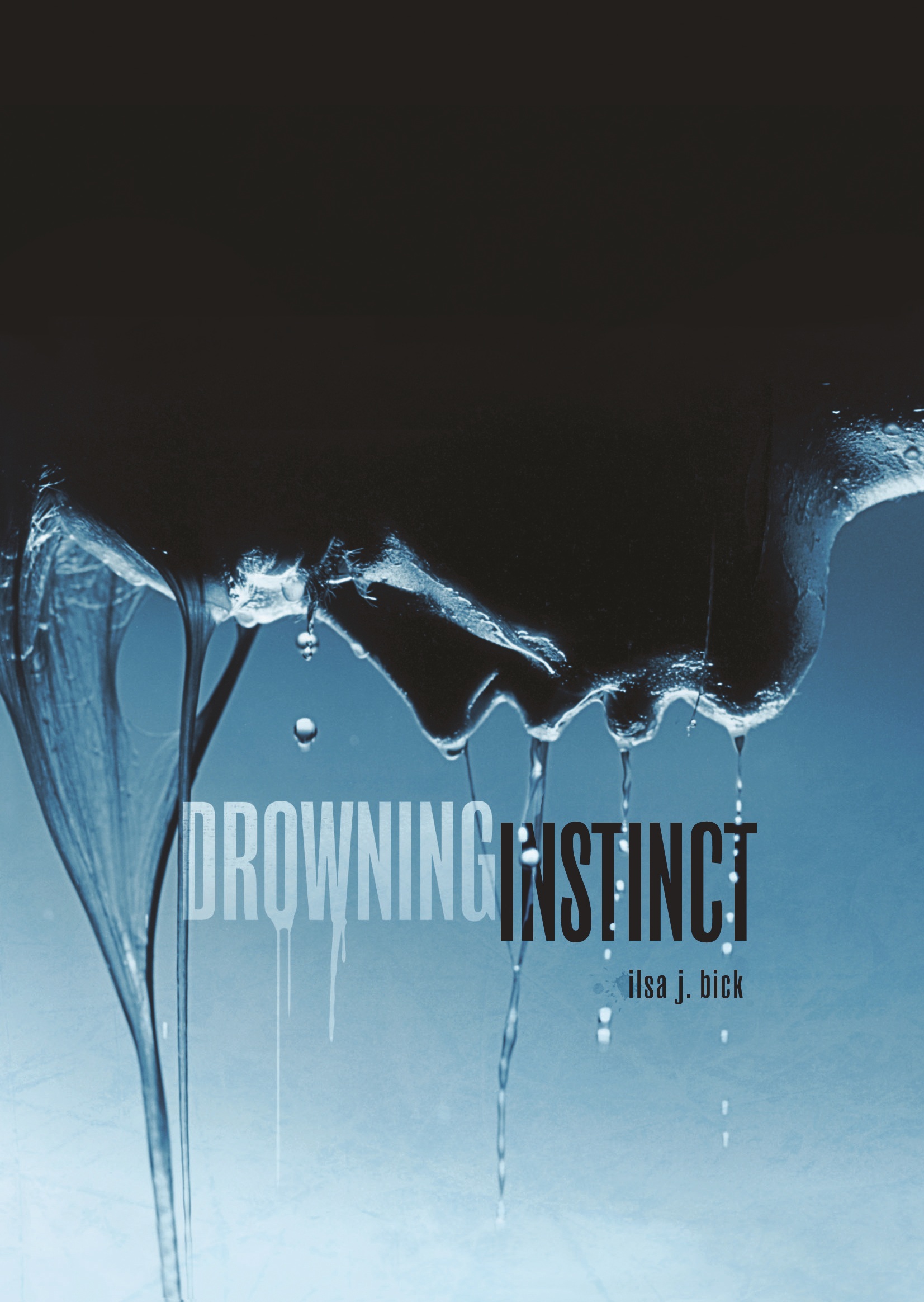

Hi Ilsa, I really liked reading this and I’m in the middle of reading Shadows.
I totally agree that today teens on the older end of the age spectrum are expected to act like they are ‘too cool’ and ‘uninterested’ even in things that they love among their peers. But that’s not always the case I think.
Among actual friends, not ‘peers’ or classmates you don’t really know, people can come out of their shell and show their own personality and be their own person.
But what puzzles me is why it IS fashionable to be uninterested, why particularly in Ireland the people who don’t care and don’t want to be in school, they cause trouble and waste time, why are they considered ‘cool’? Why are they ‘popular’?
As teenages we are insecure and just want to fit. But the mold wer are trying to fill I just don’t understand it. Because when we finish school and head off to college if we acted like that people would think we are insane!
Thank you for writing such brilliant books and discussing things that really ARE interesting and engaging for people my age.
Heather Duke,
Galway Ireland
Well, I think that people generally don’t like getting their feelings hurt. It takes a fair amount of courage to say what you think, and with people, especially teenagers, being so concerned with how they come across or what people think of them . . . maybe it’s easier to pretend that nothing matters?
Or–a more disturbing thought–they honestly don’t care. They’re apathetic. Which is frightening, actually, because you have to decide if they don’t care because they simply don’t, or feel that things will never change, never get better, are doomed from the start so why bother . . . You understand.
Anyway, I’m glad you enjoy my books. Share the passion! 🙂
And, gosh, I’ve got to tour Galway someday. Maybe plead with my British publisher… 😉